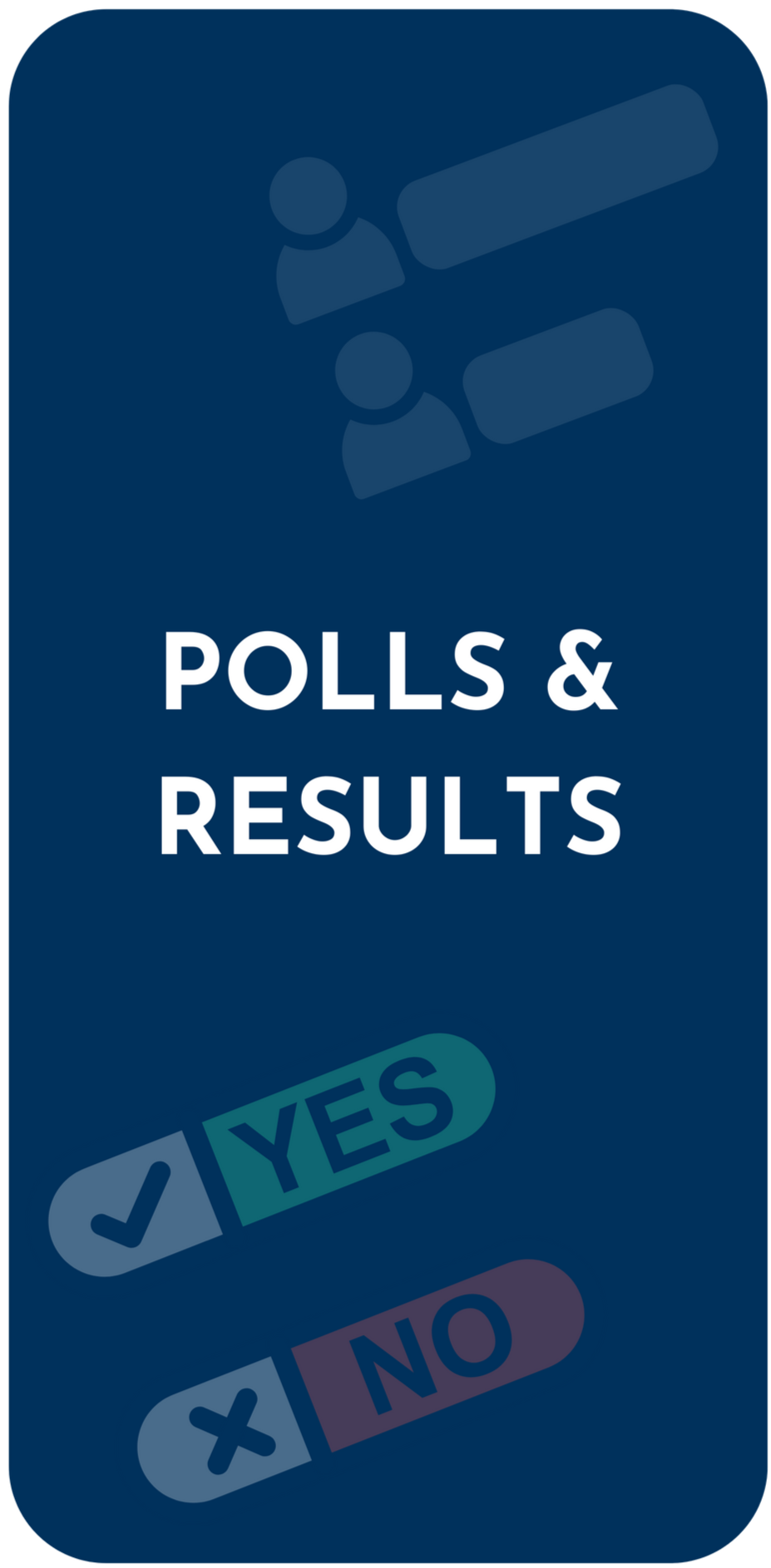

Federal Minimum Wage rises to $16.65 an hour
On April 1, 2023, the federal minimum wage increased from $15.55 to $16.65 per hour to keep pace with inflation.
This adjustment is based on the 6.8% increase in the Consumer Price Index in 2022 and will benefit around 26,000 Canadian workers who currently earn less than the current rate.Federally-regulated private sector employers are required to update their payroll systems to reflect the new rate to ensure that workers and interns are paid correctly.
Employers must also apply any provincial or territorial minimum wage rate that is higher than the federal minimum wage. The federal minimum wage applies to several federally-regulated private sectors, such as banks, postal and courier services, and interprovincial air, rail, road, and marine transportation.
WEBINAR RECORDINGS
Webinar: The Top Three HR Priorities You Can’t Ignore in 2023
THE LEGAL CORNER
This article by Ljubica Durlovska, an employment lawyer at HRC Law Professional Corporation, examines how the “changed substratum” doctrine can render an existing employment agreement invalid over time. The article discusses the Celestini v. Shoplogix Inc. case, in which this doctrine was successfully used to set aside an executive’s employment agreement. For insights into the “changed substratum” doctrine and key takeaways for employers, read the article.
BRITISH COLUMBIA
B.C. nurses reach tentative labour agreement with provincial government
Members of the Nurses’ Bargaining Association, represented by five unions including the BC Nurses’ Union, the Health Sciences Association, the Union of Psychiatric Nurses, the Hospital Employees’ Union, and the British Columbia General Employees’ Union, have reached a tentative contract with the provincial government of British Columbia.

The agreement covers more than 51,000 registered, psychiatric, and licensed practical nurses who work in various healthcare settings. While the terms of the deal were not disclosed, the province’s Health Employers Association confirmed the agreement and stated that it includes policy-based initiatives aimed at improving the health system, expanding training, and increasing recruitment and retention. The details of the agreement will be released after the ratification process, although no date has been announced.

B.C. calls end to mandatory COVID-19 vaccine policy
ALBERTA, SASKATCHEWAN, & MANITOBA
AB, SK, and MB sign agreement to boost trade, economic growth
The three provincial governments will collaborate to identify and prioritize strategic infrastructure, eliminate regulatory inefficiencies and uncertainties, and attract and develop nation-building projects. This effort will result in the construction of new economic corridors that will support the movement of critical resources, energy and utility projects, and secure national supply chains.
These corridors will not only include physical infrastructure but also service markets and the coordination of regulations and policies across multiple sectors and jurisdictions.
Ontario Introducing New Safety Regulations to Protect Miners
New regulations are being implemented in Ontario to enhance safety measures for the 29,000 mine workers in the province.
The government aims to improve the air quality in underground mines by imposing stricter ventilation requirements and decreasing exposure to dangerous diesel exhaust to the most protective levels across North America.
Prolonged exposure to diesel exhaust is a major contributor to lung cancer in miners. Minister of Labour, Immigration, Training and Skills Development Monte McNaughton stated that Ontario’s miners have been instrumental to the economy for several generations, and the government has a responsibility to ensure their safety.
As a result, the government is implementing changes to enable the use of track-mounted robots in mines, controlled by an operator, to identify safety hazards like loose rocks and misfired explosives while keeping workers out of harm’s way. These modifications are expected to save lives and improve safety conditions in Ontario’s mining sector.
Alberta’s government is extending the use of blue lights to improve highway safety for roadside workers and drivers.
B.C.’s minimum wage to increase by over a dollar to $16.75 an hour on June 1
Register now: 2023 Occupational Health and Safety Research Day
-
Education and outreach: The ministry collaborates with health and safety associations to increase awareness and provide workplaces with resources, training, and education to help them comply with regulations and prepare for upcoming inspections.
-
Inspection blitz: Inspectors conduct visits to ensure that employers are following the law and highlight particular issues in the workplace they’re inspecting.
-
falls from heights in single-family residential construction, and
-
struck-by equipment hazards in specific construction settings.
PREVIOUS POLL
If your remote worker gets injured during working hours in their home office, are they eligible for workers’ compensation benefits?
- 28 Weeks 43%
- 26 Weeks 29%
- 18 Weeks 8%
- Others (comment below) 20%
ACTIVE POLL
What is the maximum amount of severance pay required to be paid under the ESA of Ontario?
-
28 Weeks
-
26 Weeks
-
18 Weeks
-
Others (Comment below)
NEW BLOG
Employers’ Guide: All about Severance Pay in Ontario
Inflation has caused economic turmoil around the world, and many businesses are terminating employees to stay afloat. If you’re considering doing the same, you should know that your employees may be entitled to severance pay as compensation. Read our latest article to know all about Ontario’s severance pay rules.

Marcus Poitras
Regional Base Manager,Fly GTA Airlines






